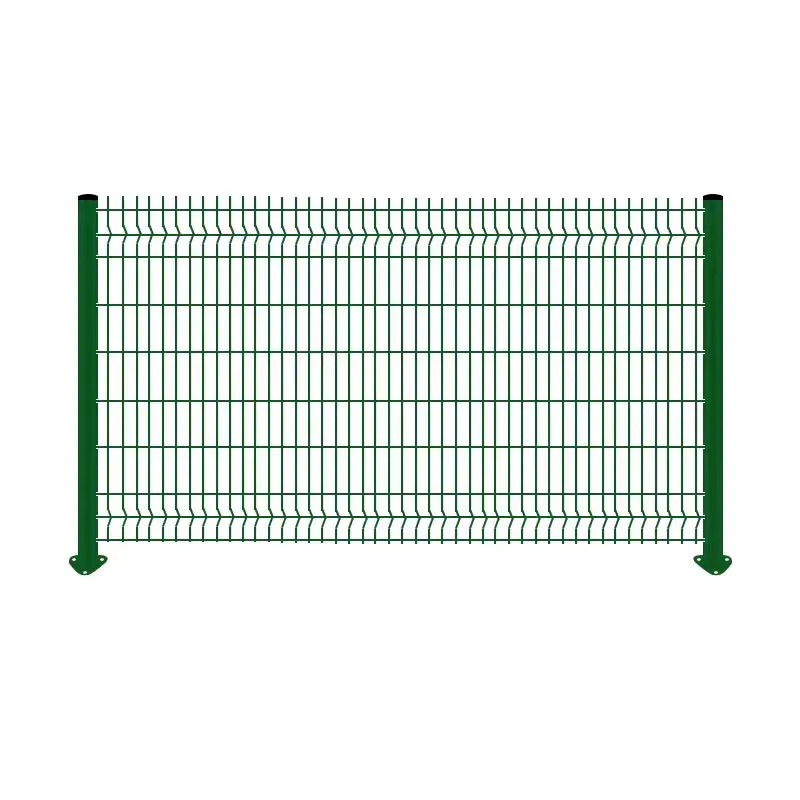
(perforated aluminum panels)
Perforated aluminum panels have become a technological centerpiece in contemporary architecture, engineering, and industrial applications. These lightweight yet durable components are utilized for both functional and aesthetic purposes, offering a sleek, modern appearance while addressing core concerns such as ventilation, light filtration, and acoustics. According to industry statistics, over 65% of newly constructed commercial buildings in North America incorporate metal paneling solutions, with aluminium panels being among the top three choices due to their longevity and recyclability. As advancements in manufacturing processes accelerate, the practical and design-based versatility of these panels only continues to grow, marking them as essential in both small-scale and large-scale creative endeavors.
The unique properties of perforated aluminum panels
set them apart from other cladding and fencing options. Lightweight density (approximately 2.7g/cm³), high resistance to corrosion, and exceptional strength-to-weight ratio lead to reduced structural loads, which is paramount for high-rise constructions and large facades. Data from a recent Material Science Journal highlight that panels with a 20% open area achieve up to a 30 dB sound attenuation, greatly enhancing building acoustics. Advanced perforation techniques enable precise control over aperture size and spacing, allowing optimized airflow (up to 60% more efficient than solid panels). Furthermore, the panels' eco-friendly profile—composed of up to 85% recycled content—aligns seamlessly with LEED certification requirements and green building trends.
The dynamics of supplier selection play a fundamental role in the procurement process for perforated aluminum panels. Key factors evaluated include production capabilities, lead times, price competitiveness, and after-sales support. The table below presents a comparative overview of leading aluminum fence panels suppliers based on extensive market research and client feedback.
| Supplier | Production Capacity (sqm/month) | Custom Design Support | Average Lead Time (days) | Global Shipping | Customer Satisfaction Rate (%) |
|---|---|---|---|---|---|
| AlumPanel Global | 30,000 | Yes | 20 | Yes | 95 |
| FenceCraft Industries | 16,000 | Yes | 28 | No | 91 |
| MetalForms Solutions | 24,000 | Limited | 24 | Yes | 89 |
| Premium Alloy Walls | 18,500 | Yes | 26 | Yes | 93 |
These standardized metrics give architects, contractors, and procurement officers transparent insight into vendor performance, aiding in the selection process to match specific project demands and deadlines.
Understanding the price structure behind perforated aluminum panels is critical for accurate project budgeting. Several factors impact the final perforated aluminum sheet price:
| Thickness (mm) | Standard Finish ($/sqm) | Powder Coated ($/sqm) | PVD/Anodized ($/sqm) |
|---|---|---|---|
| 1.2 | 29 - 35 | 37 - 43 | 45 - 52 |
| 2.0 | 38 - 46 | 48 - 57 | 56 - 65 |
| 3.0 | 49 - 59 | 61 - 75 | 80 - 92 |
| 4.0+ | 62 - 78 | 80 - 94 | 103 - 112 |
Potential buyers are encouraged to engage with suppliers early on to lock in pricing, verify quality standards, and capitalize on bulk procurement incentives. Price transparency, combined with technical consultation, remains key to value-driven purchasing decisions.
Architectural differentiation is increasingly sought through bespoke perforation designs, unique finishes, and integrated functional enhancements. Leading suppliers have invested in digital CNC punching, fiber laser technologies, and large-format panel bending capabilities to deliver virtually limitless customization options. Some vendors offer in-house design support, transforming client sketches or CAD files into prototype samples within 7–10 business days. Many custom projects incorporate logo etching, varying open area percentages, and even gradient perforations to influence daylight, create branded identities, or meet fire safety criteria. As sustainability remains at the forefront, select panel systems now feature integrated photovoltaic elements or enhanced recycled content, maximizing both creative and environmental benefits for architects and developers.
The broad application spectrum of perforated aluminum panels can be observed across education, healthcare, transportation, and commercial sectors. Below are three notable case examples:
Perforated aluminum panels, offered by reliable aluminum fence panels suppliers, represent a strategic intersection between modern design, environmental responsibility, and proven technical performance. Their customizable nature, superior durability, and varied pricing tiers ensure applicability across diverse construction and design landscapes. As material technologies advance and market expectations rise, these panels will continue to offer a compelling, scalable solution—shaping the next generation of sustainable, visually dynamic built environments.

(perforated aluminum panels)
If you are interested in our products, you can choose to leave your information here, and we will be in touch with you shortly.
Hit enter to search or ESC to close
